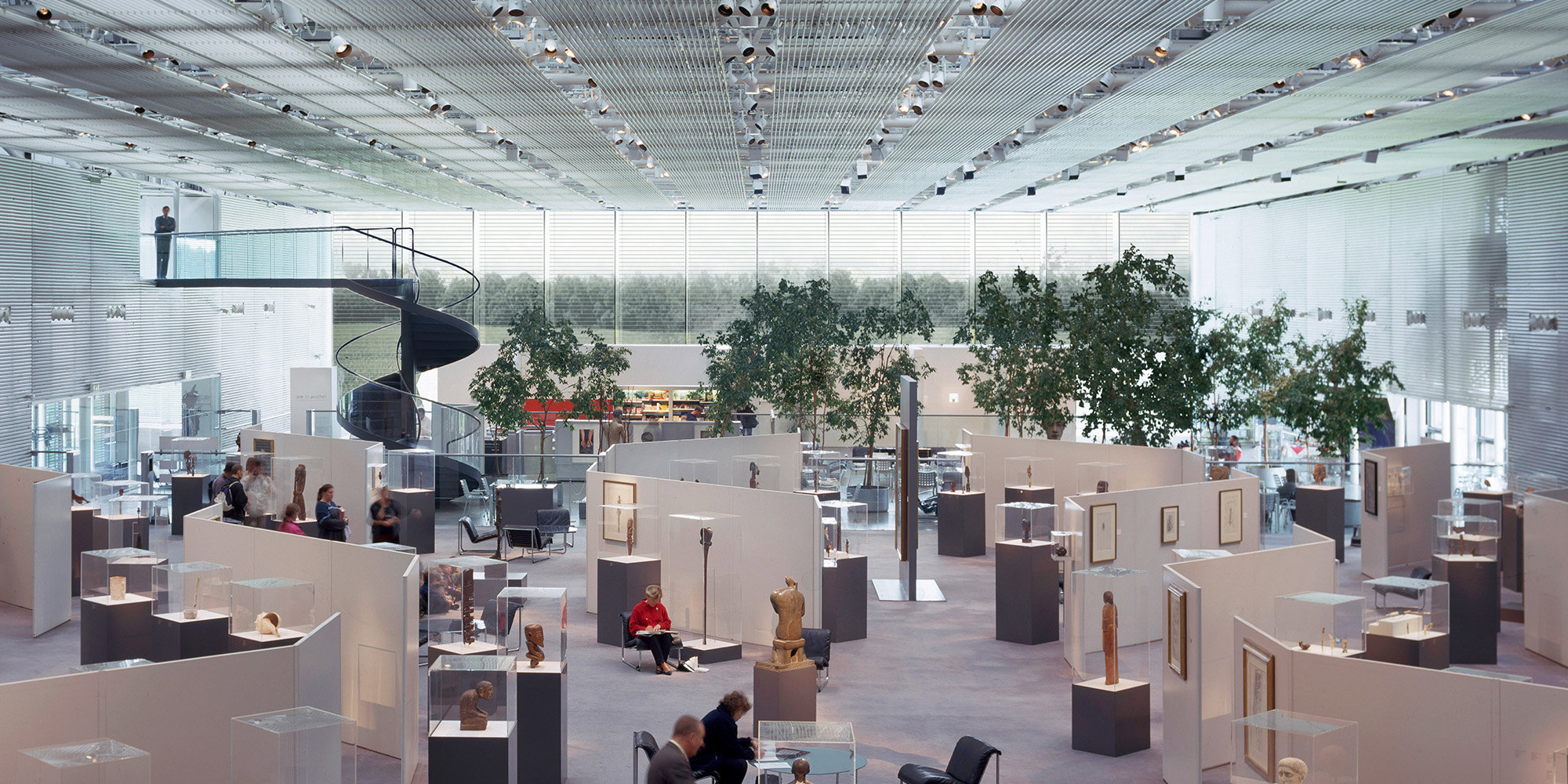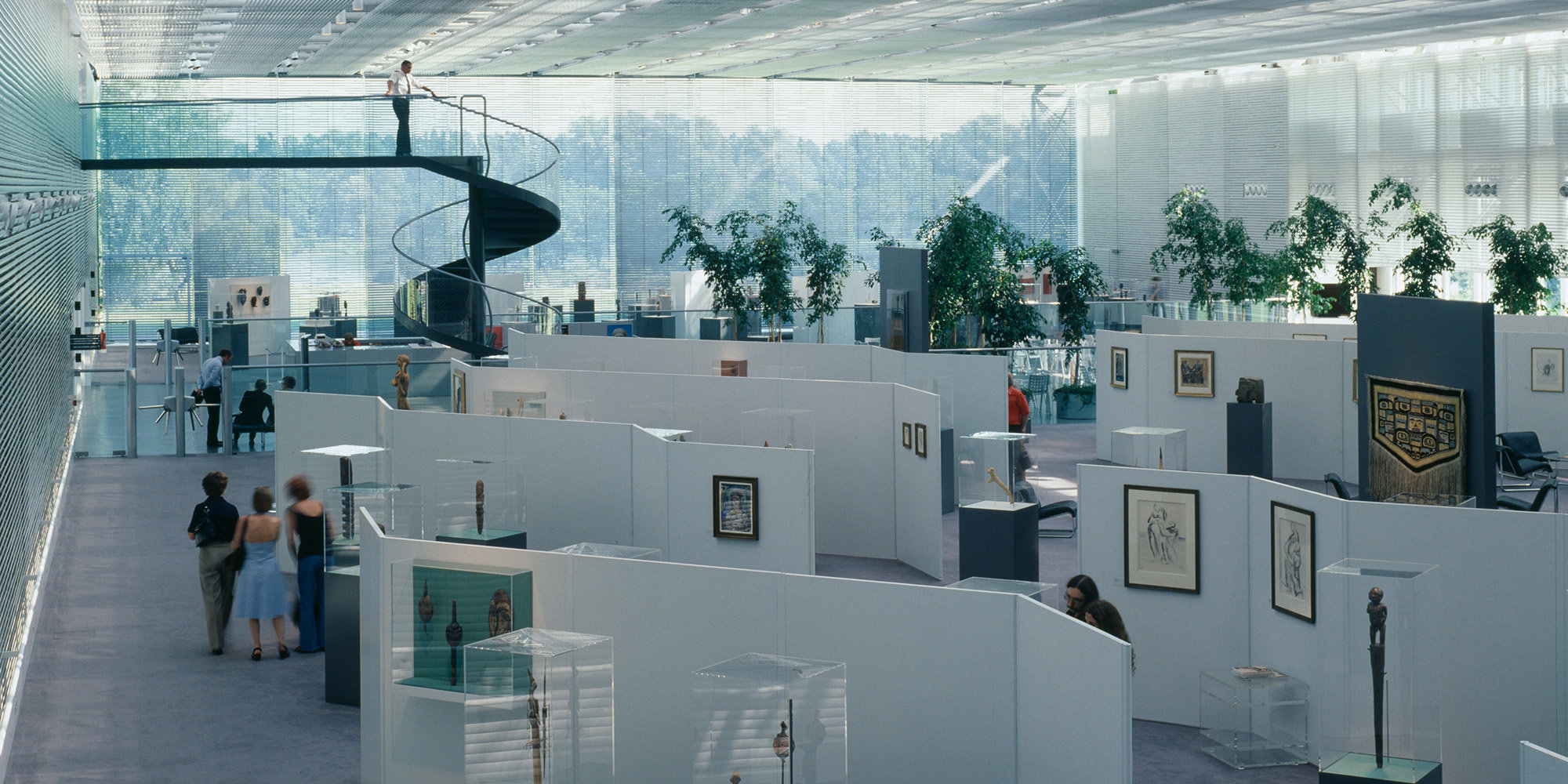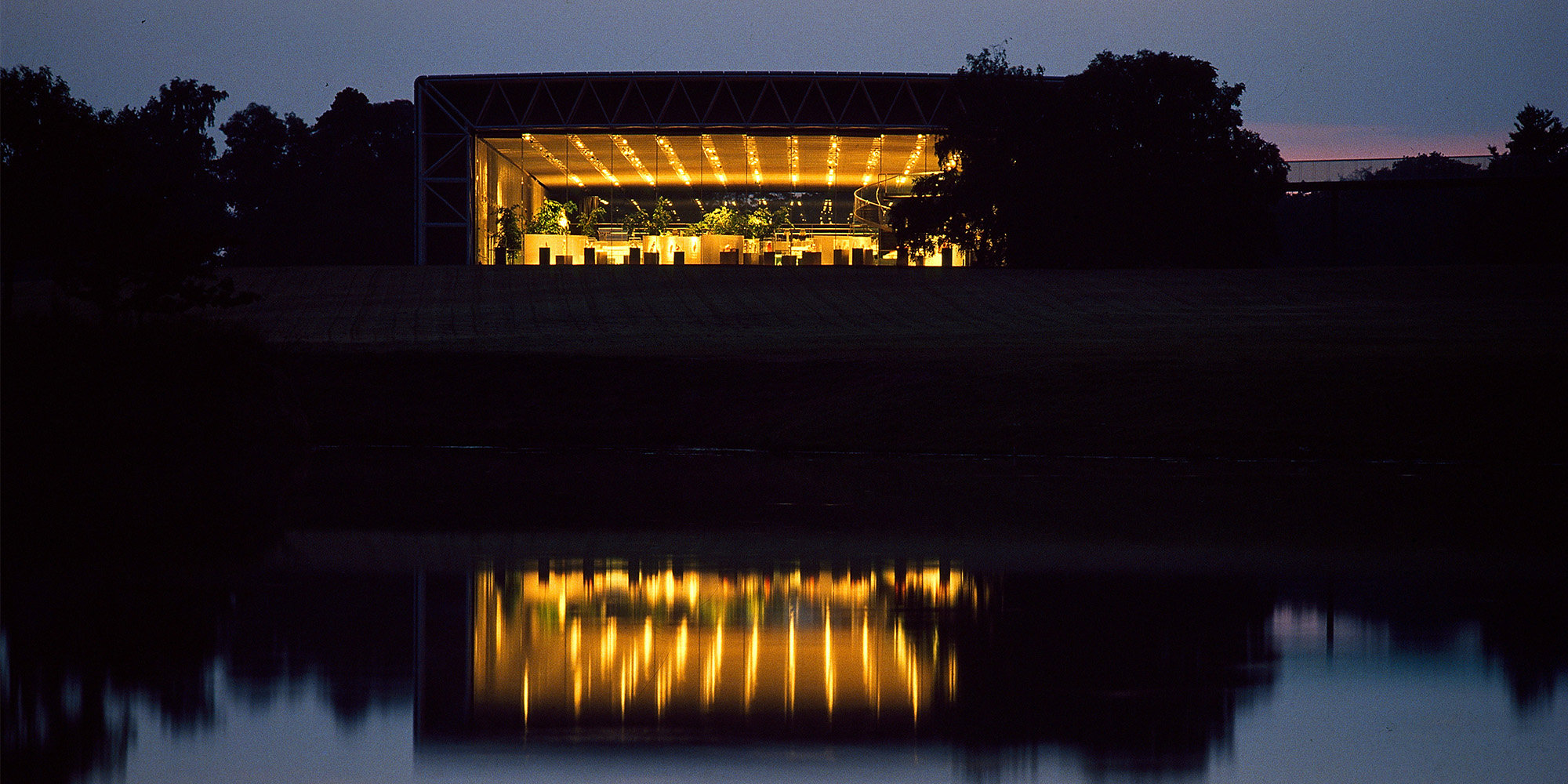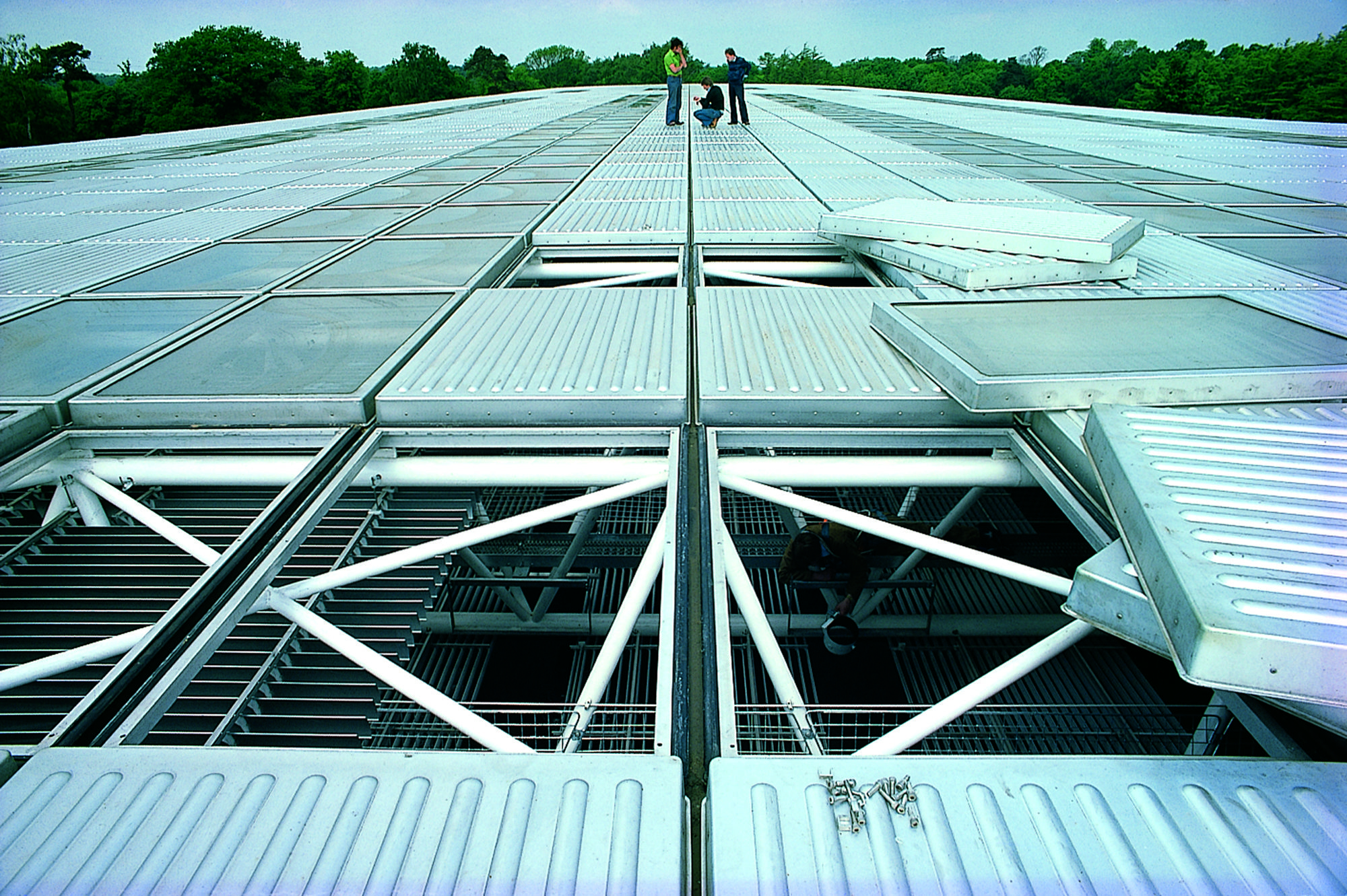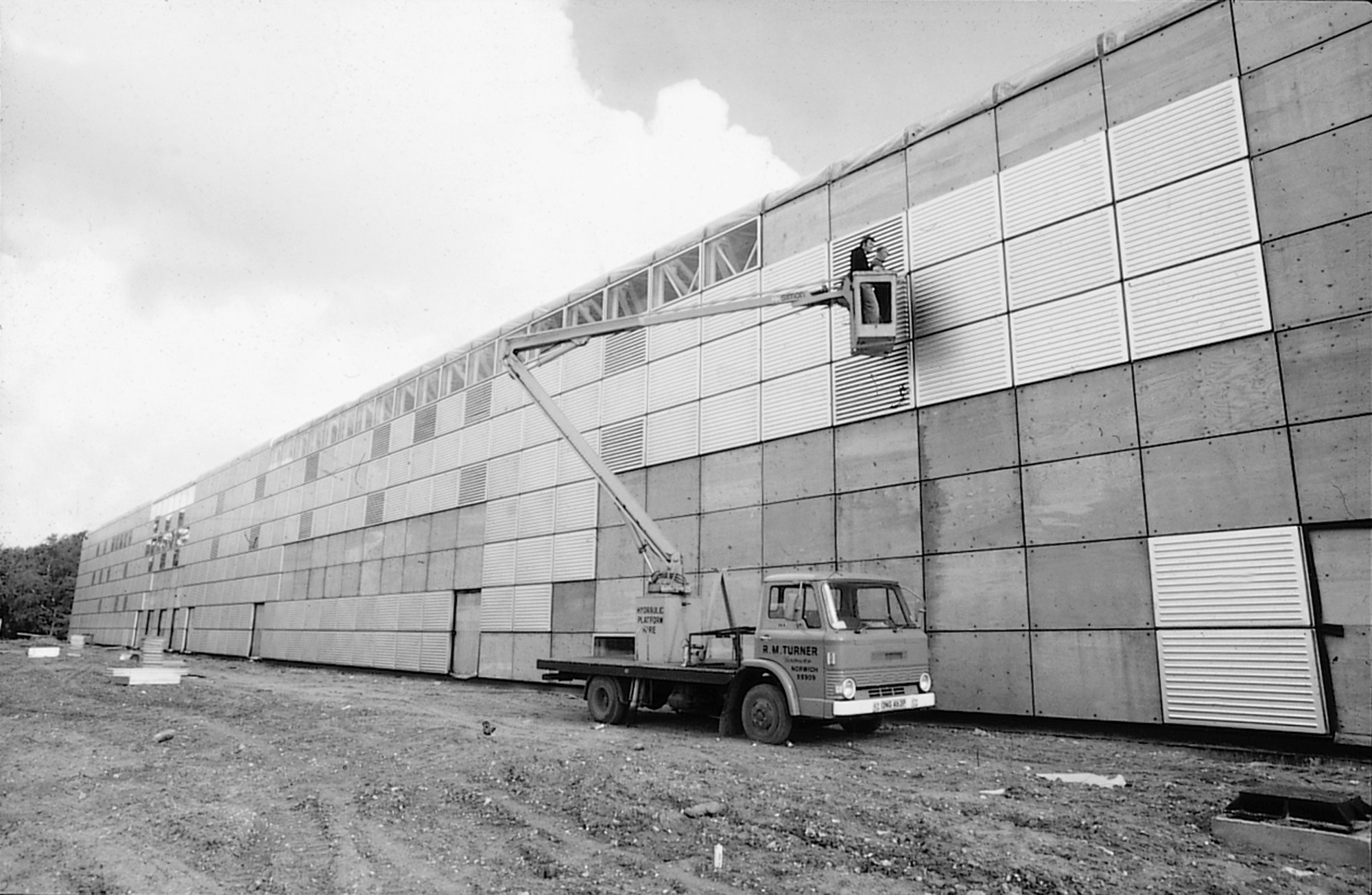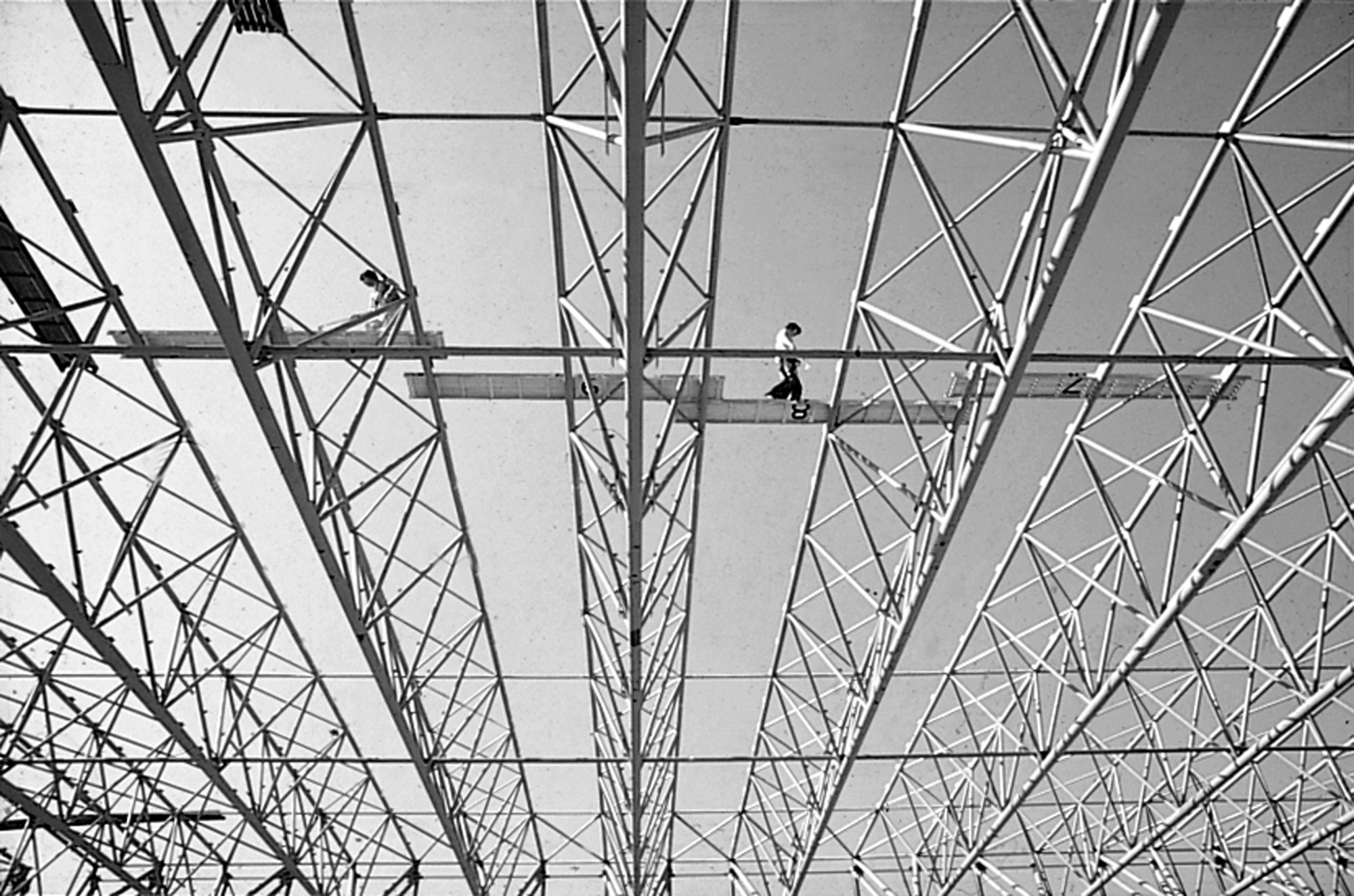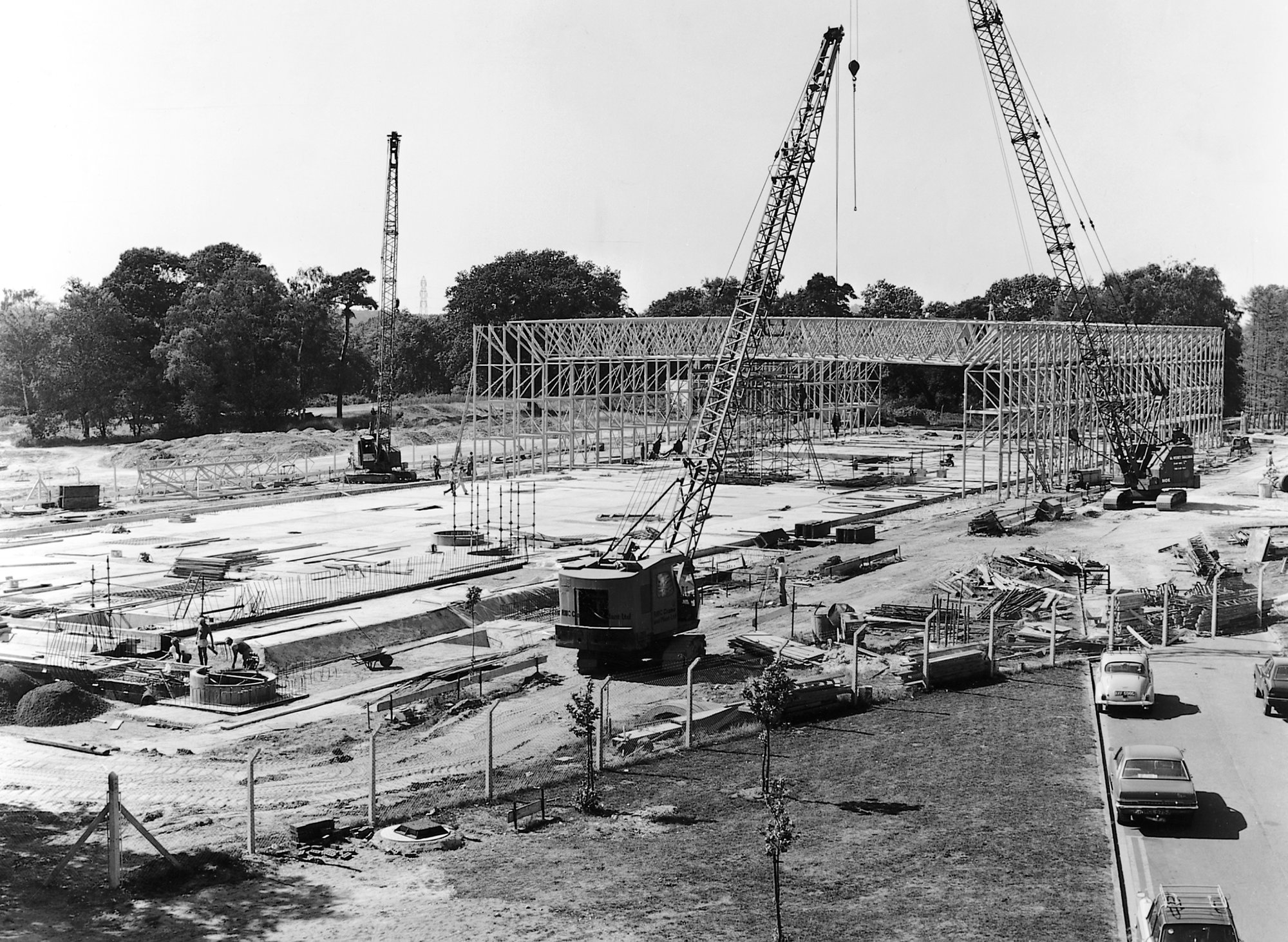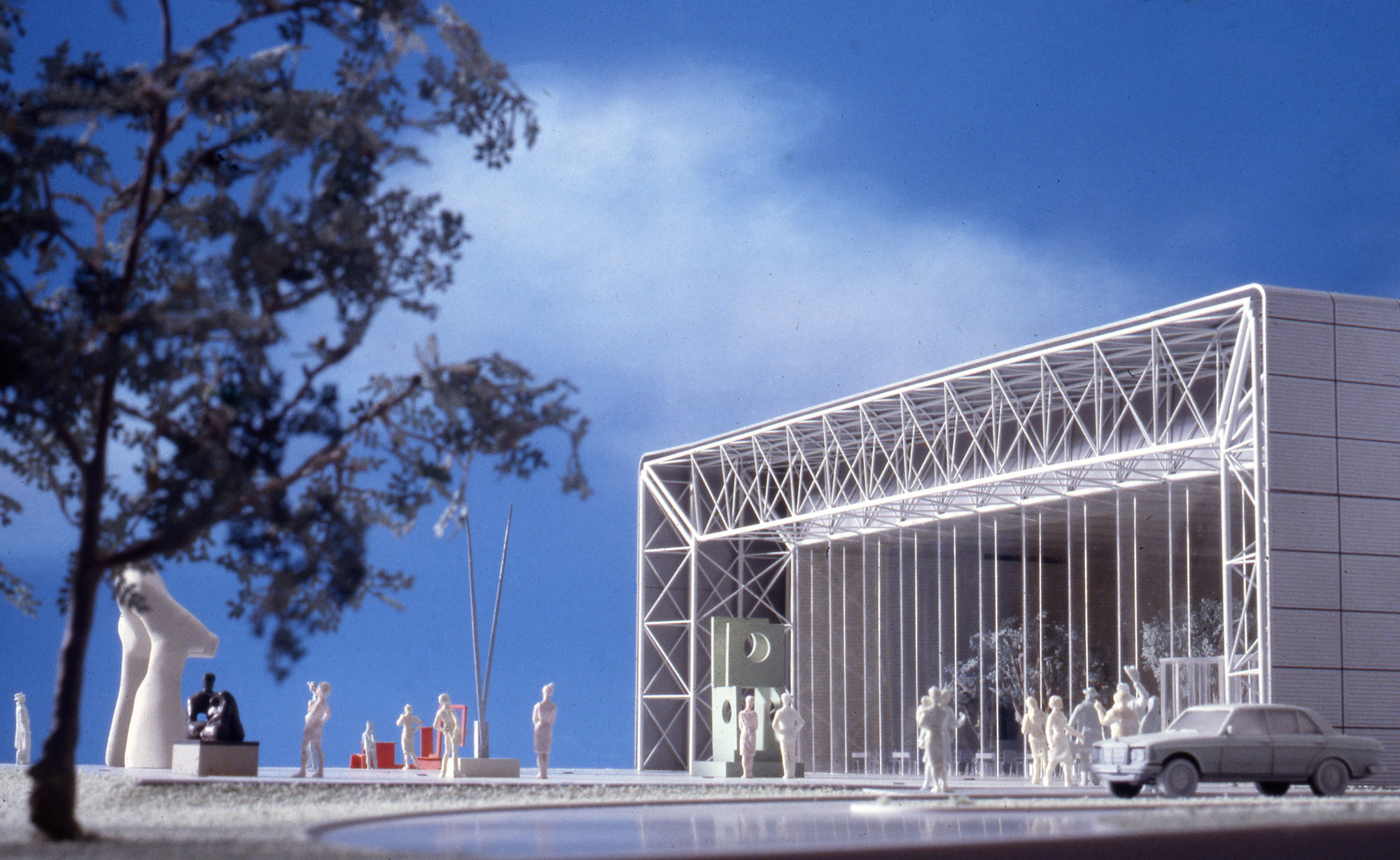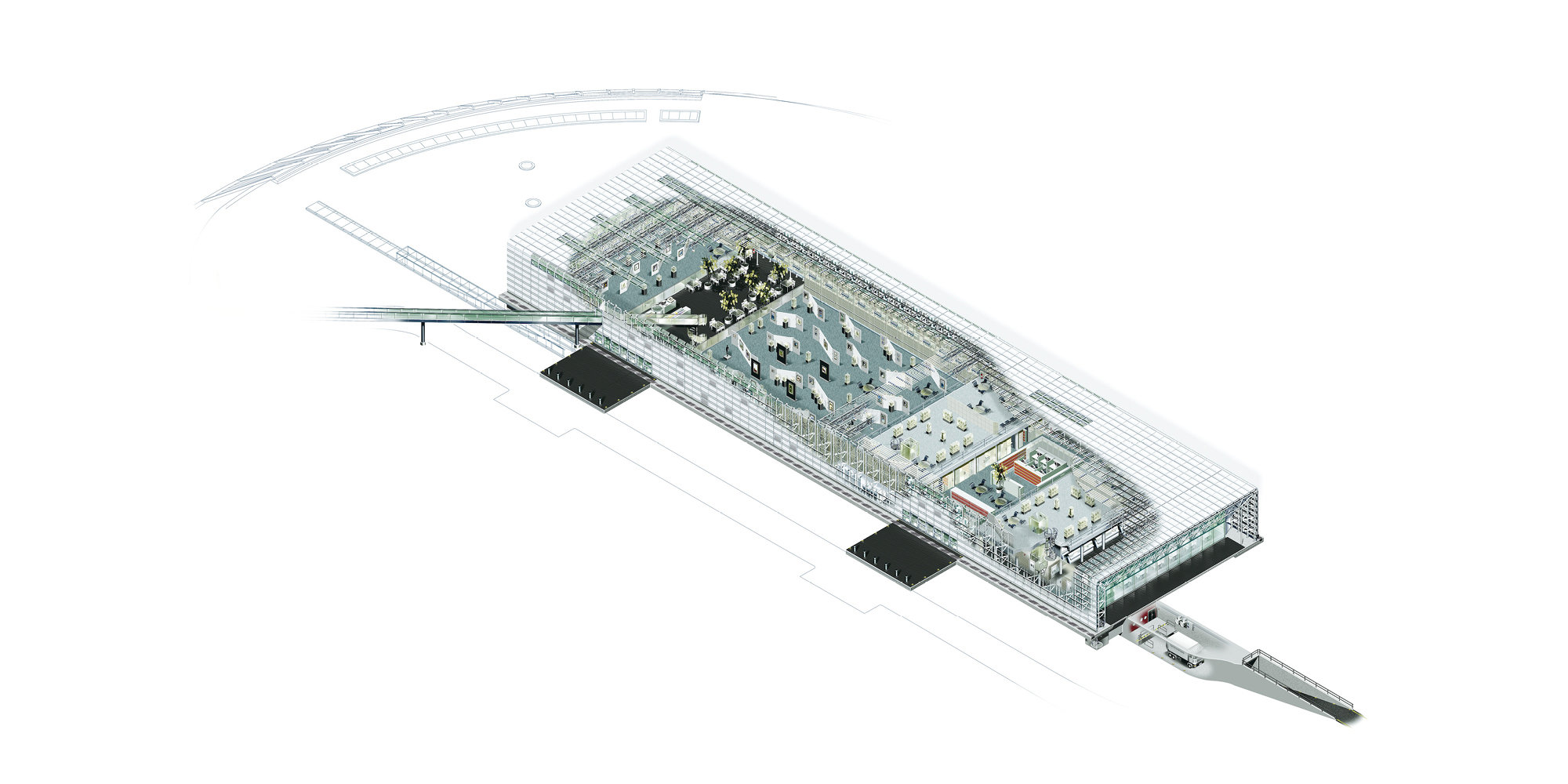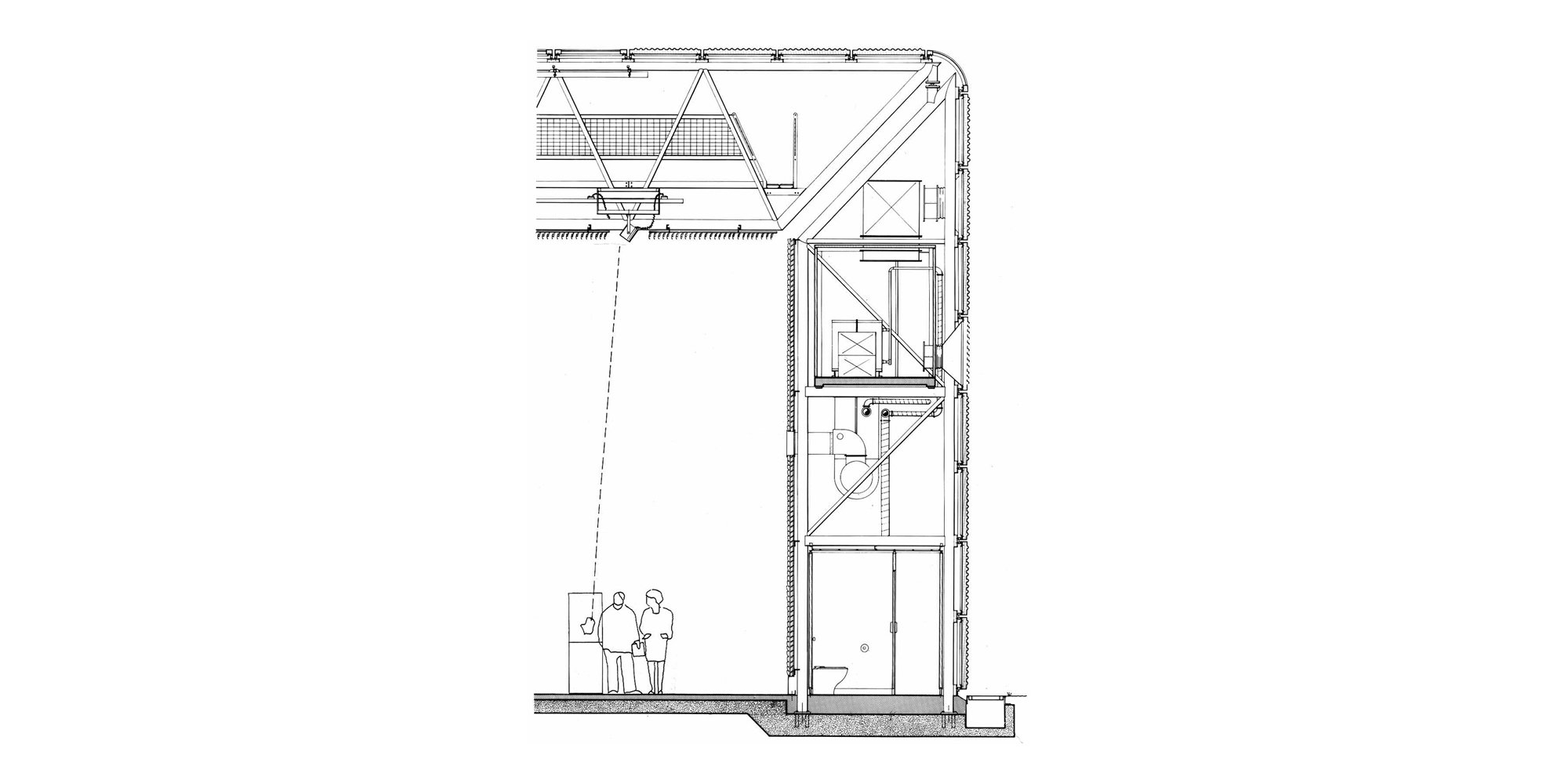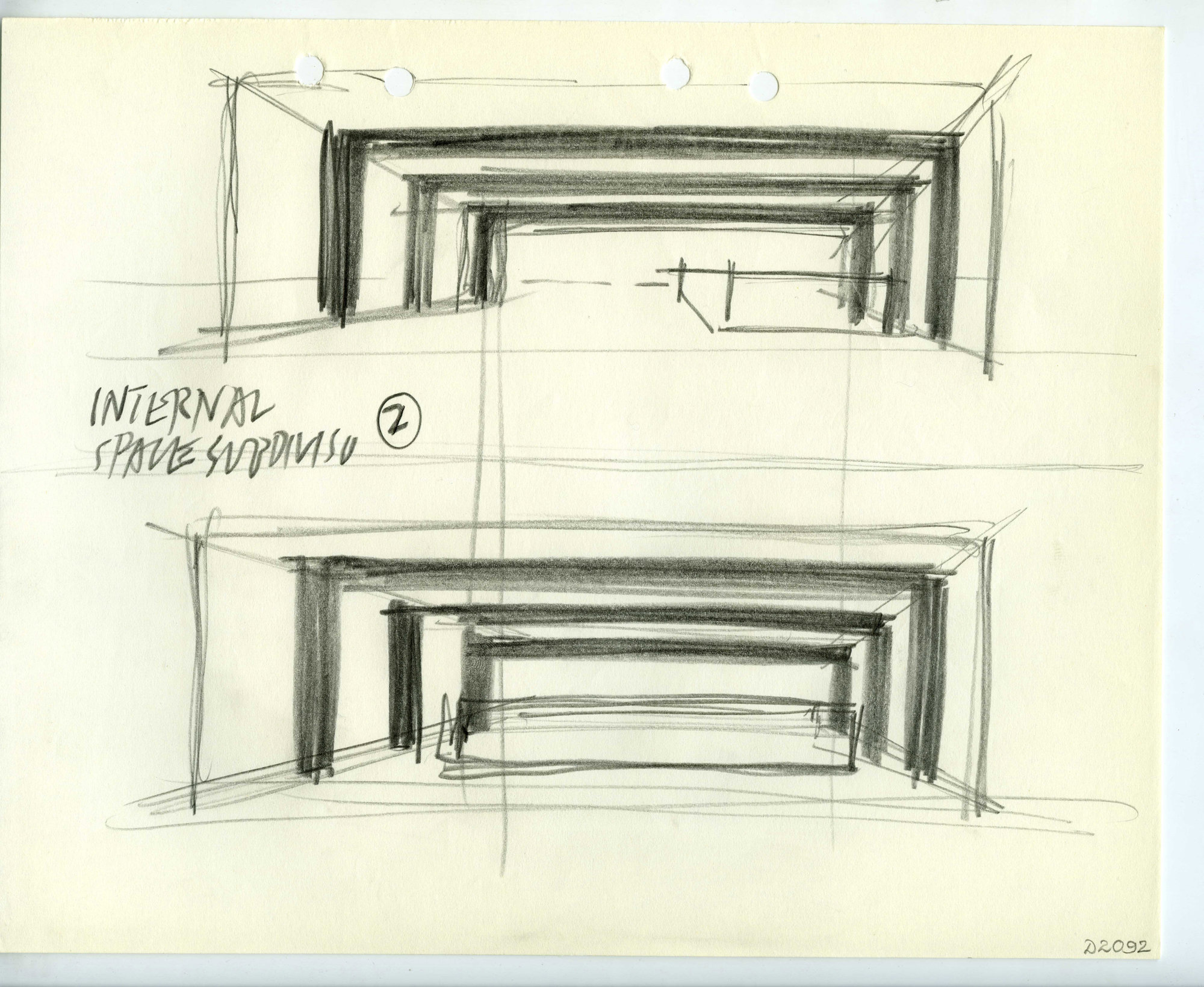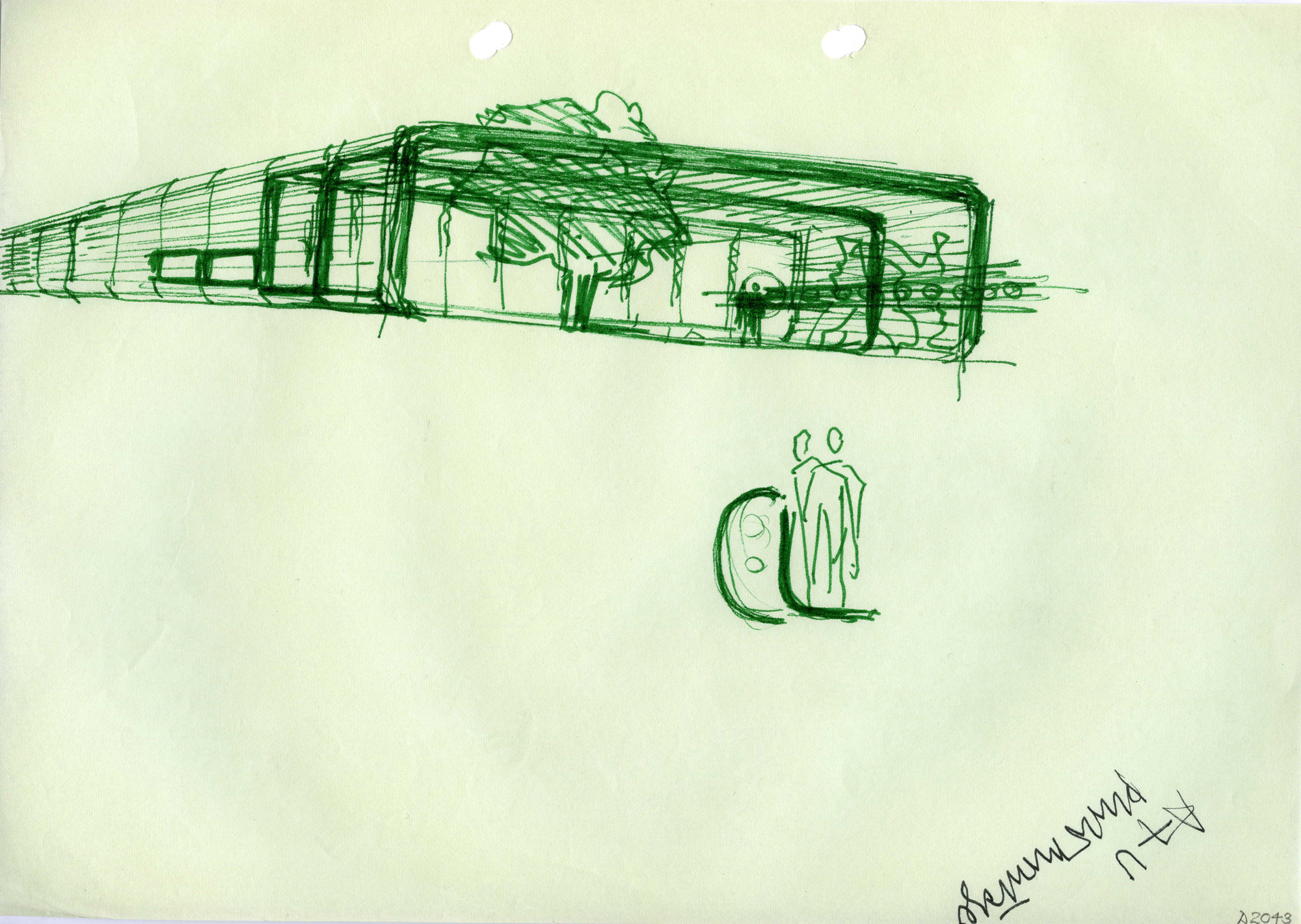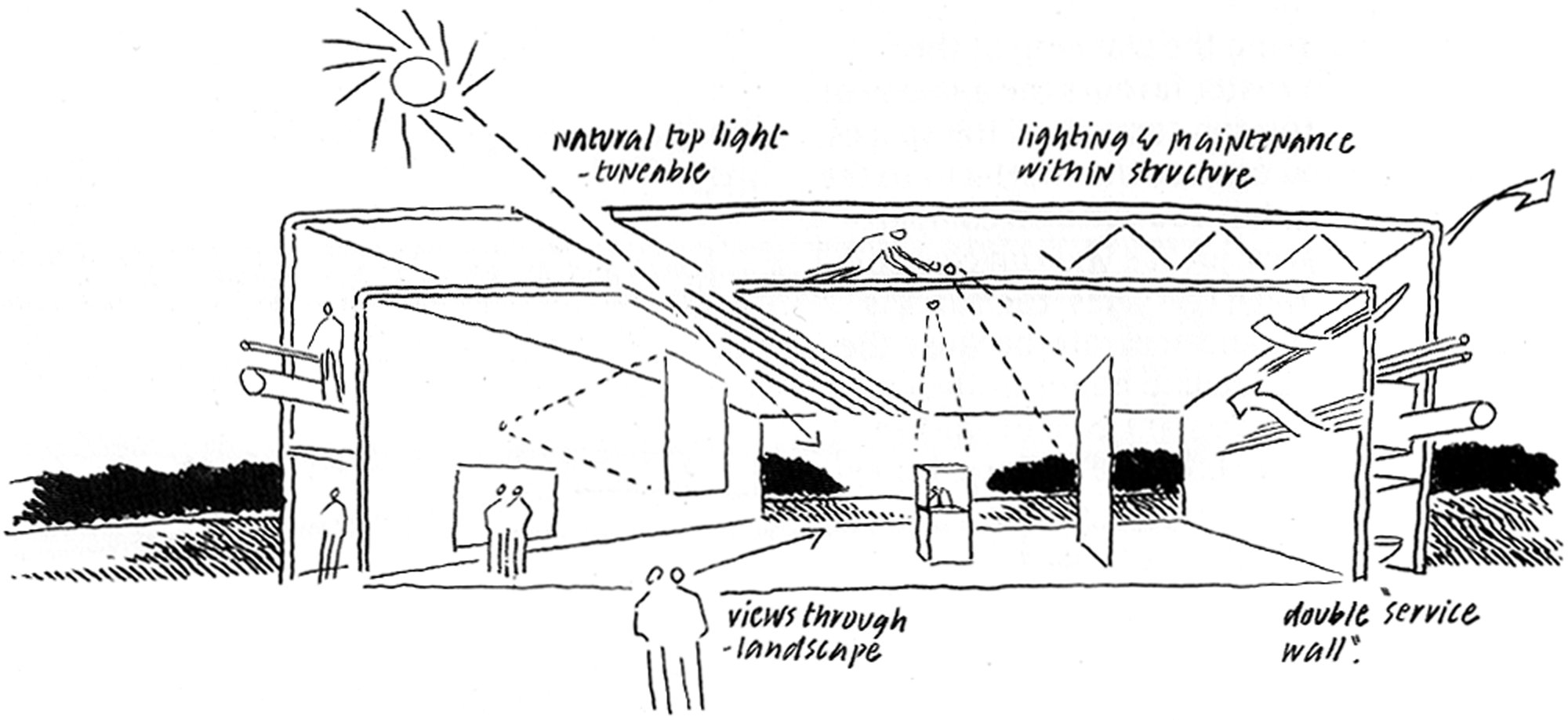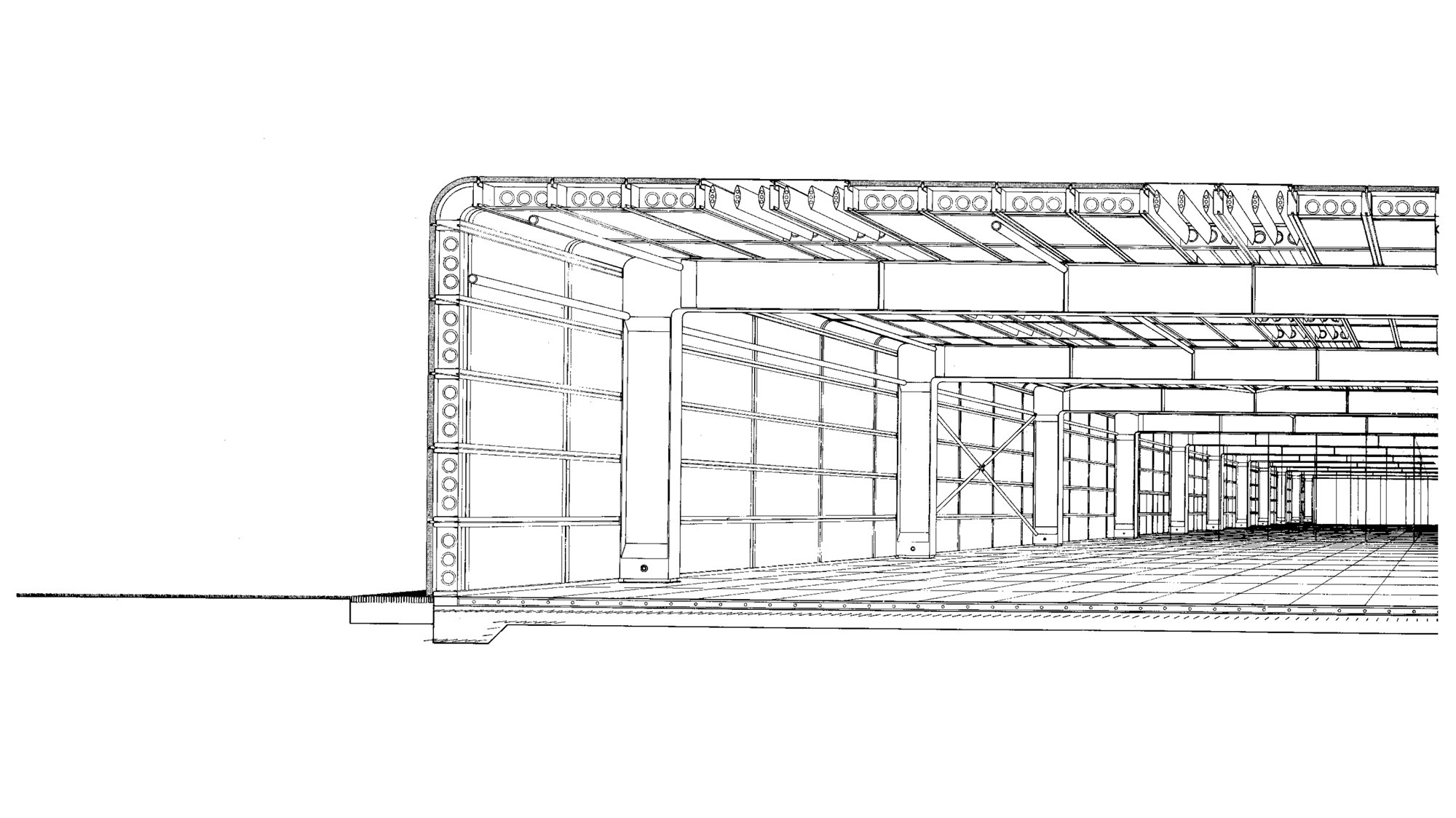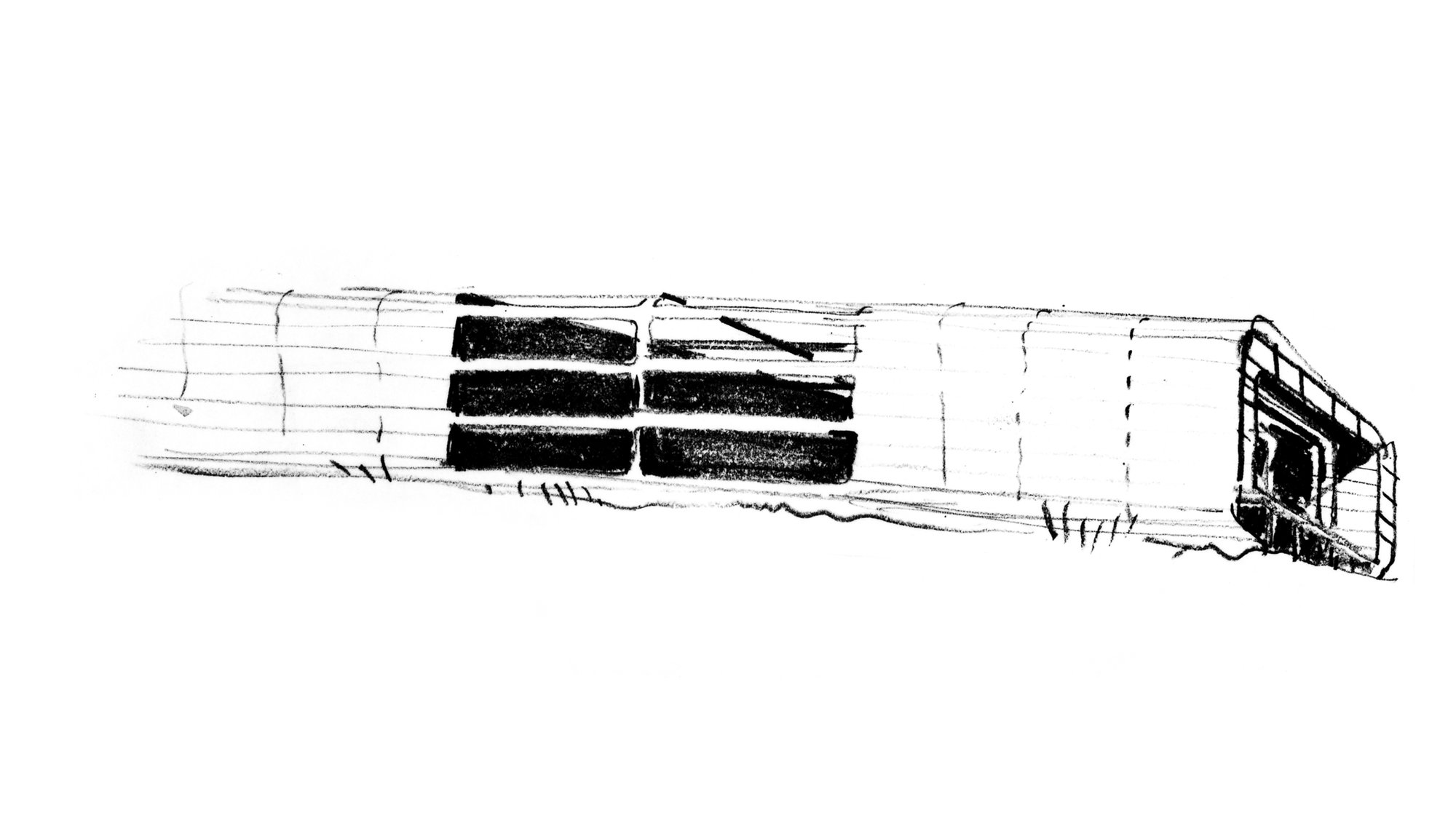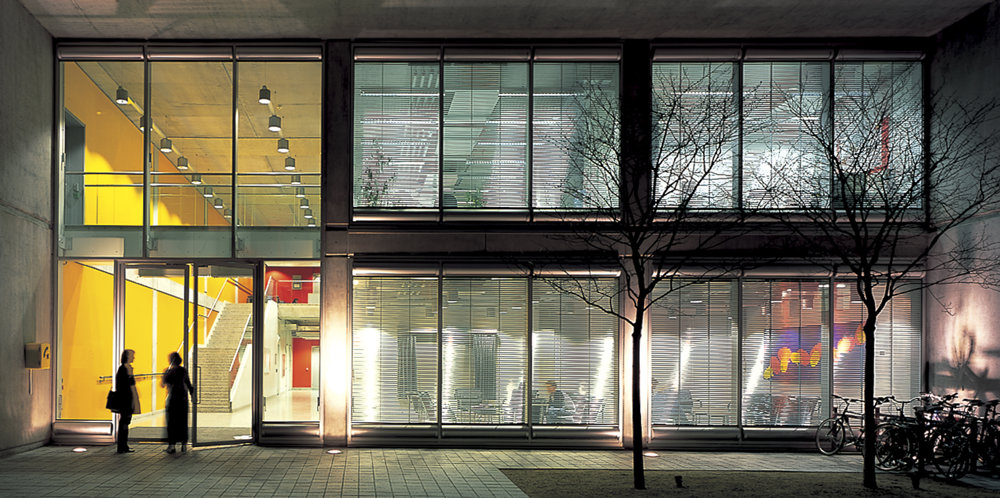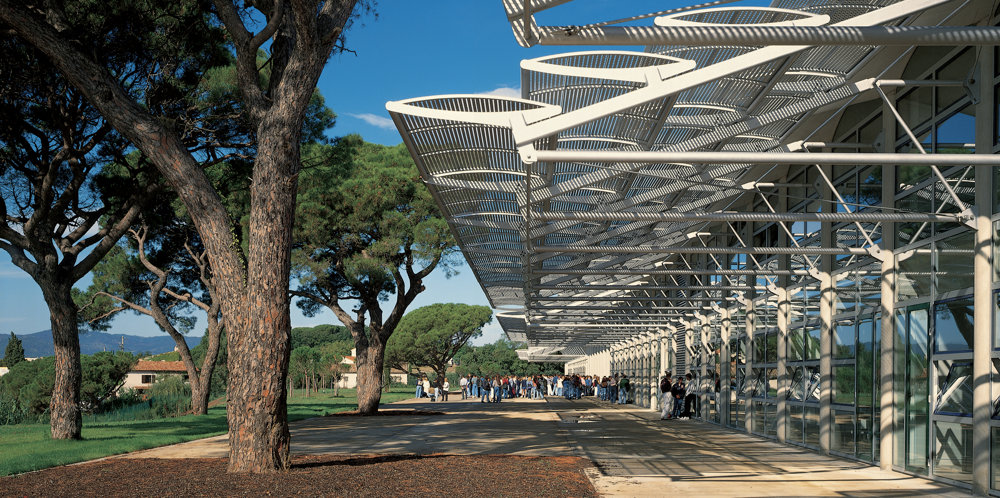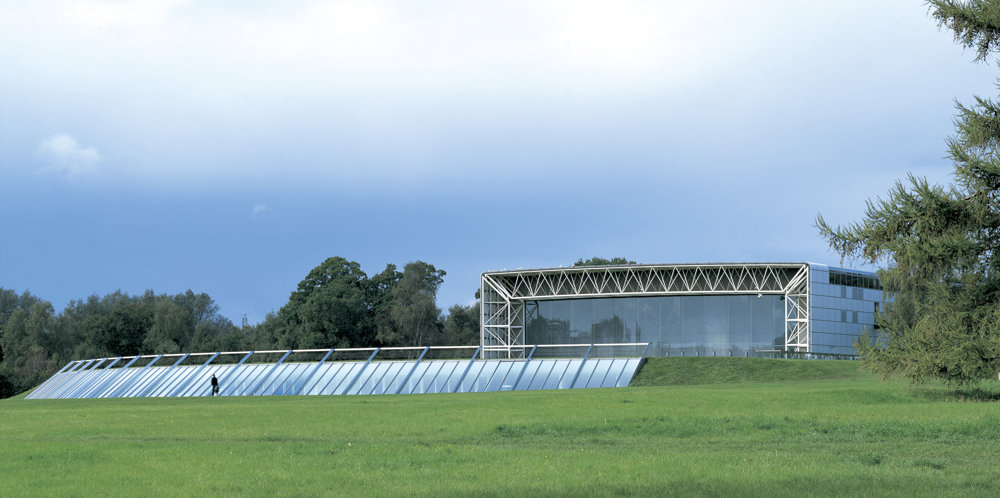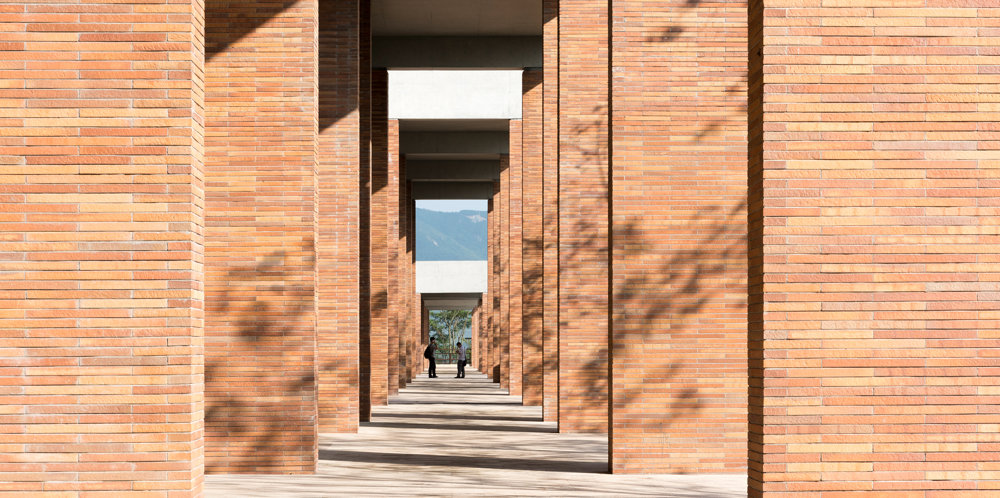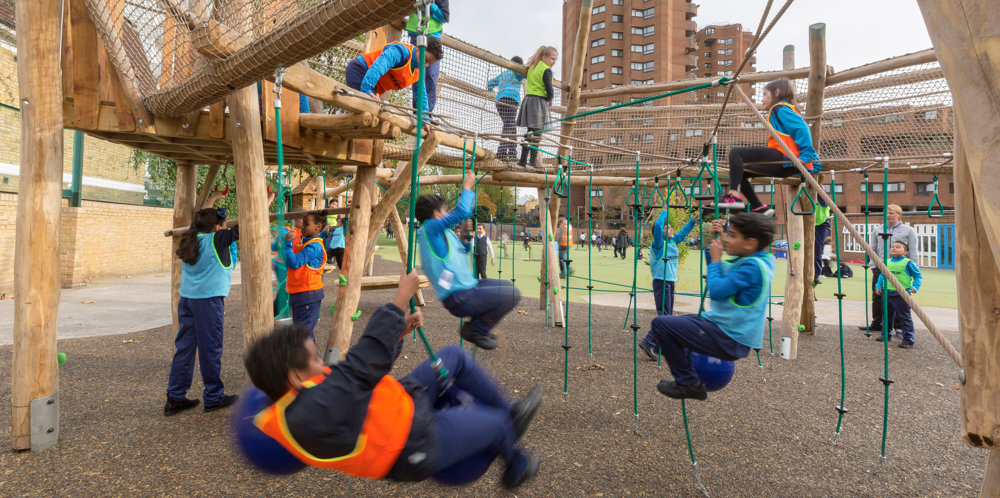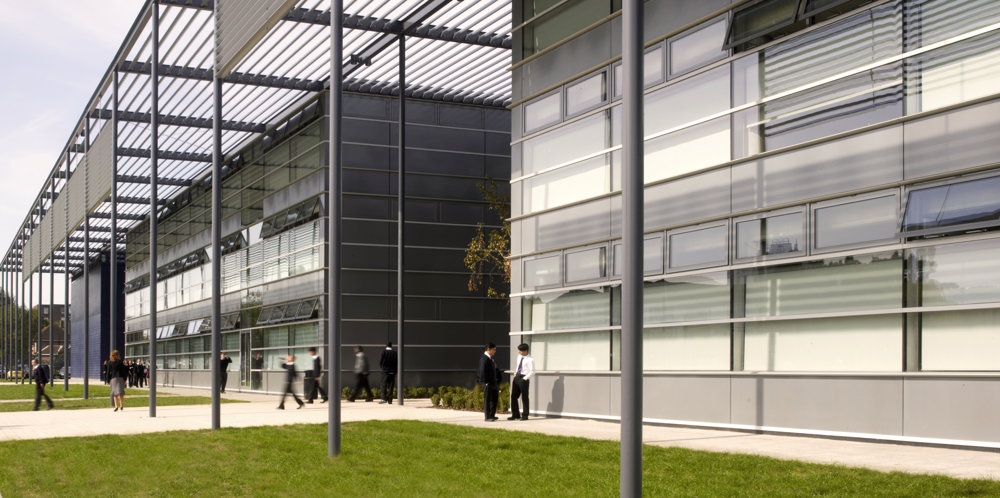View the 360 tour
With the donation in 1973 of their collection of ethnographic and twentieth-century art to the University of East Anglia, together with an endowment for a new building, Sir Robert and Lady Sainsbury sought to establish the Sainsbury Centre as an academic and social focus within the campus. The Sainsburys shared a belief that the study of art should be an informal, pleasurable experience, not bound by the traditional enclosure of object and viewer. As a result, the Sainsbury Centre is much more than a conventional gallery, where the emphasis is on art in isolation. Instead, it integrates a number of related activities within a single, light-filled space.
The building brought a new level of refinement to the practice’s early explorations into lightweight, flexible enclosures. Structural and service elements are contained within the double-layer walls and roof. Within this shell is a sequence of spaces that incorporates galleries, a reception area, the Faculty of Fine Art, senior common room and a restaurant. Full-height windows at each end open the space up to the surrounding landscape, while louvres line the interior to provide a highly flexible system for the control of natural and artificial light. Large enough to display the Sainsburys’ extraordinary collection, yet designed to be intimate and inviting, the main gallery – or ‘living area’ – evokes the spirit of the collection’s originally domestic setting.
A new gift from the Sainsburys in 1988 allowed the building to be extended to provide space for the display of the reserve collection, together with curatorial and conservation facilities and a space for exhibitions and conferences, giving the centre greater flexibility in its programming. The new wing extends the building below ground level, exploiting the contours of the site to emerge in the form of a glazed crescent incised in the landscape. In 2006 a further programme of improvements was completed, which provides an internal link between the main and Crescent Wing galleries, a new education centre, additional display space, and improved shop, café and other visitor amenities.









